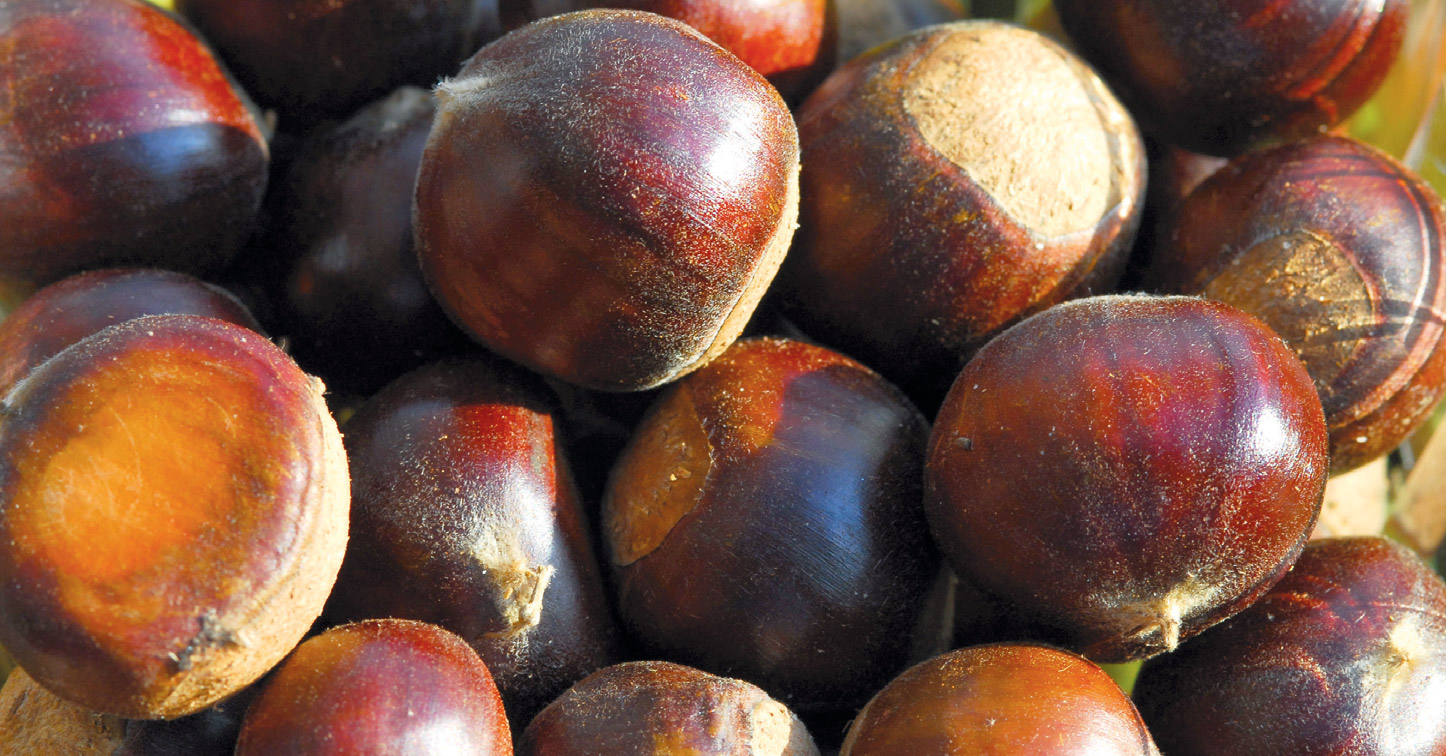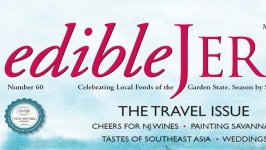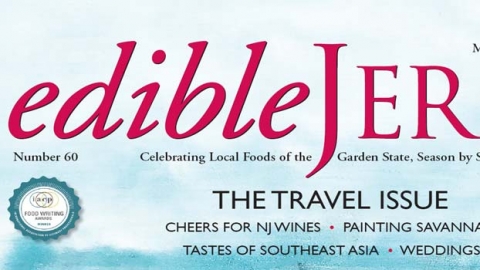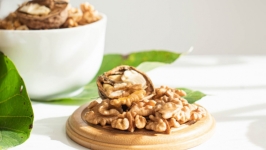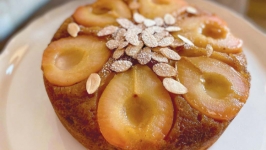Wholesome Gathering - Chestnuts are a Healthy Snack
Over a fire, or in the oven, chestnuts are a healthy snack
In the cold and snowy months, comfort food turns functional, since it both satisfies cravings and warms you up. Chestnuts are seasonal, nutritious and easy to prepare. And the native species is experiencing a revival in the Garden State.
In our area, the American chestnut (Castanea dentata) is primarily found in the mountainous regions of northern New Jersey. “The leaf is a long canoe shape and is tapered on both ends, with the teeth on the edge of the leaf look[ing] like a breaking ocean wave,” says Sara Fitzsimmons, director of restoration at The American Chestnut Foundation and regional supervisor of New Jersey and Pennsylvania. “Common lookalikes include chestnut oak or beech, as well as the Chinese chestnut, which is commonly seen growing in people’s yards and farms.”
This species can grow 75 feet or higher. Yet, spotting it can be tricky.
“There are over 430 million trees still in the landscape, but 89% are less than an inch in diameter,” says Fitzsimmons. “That’s because they are clones that die and sprout, continually living in a vegetative state due to the presence of chestnut blight.”
The American chestnut once played a major role in the US economy, sustaining families with its timber and nuts until the early 1900s, when chestnut blight was discovered. By the time the blight was detected, it was too late, and the impact was devastating.
“The disease killed huge swaths of trees with seemingly little to no resistance,” says Bradley Hillman, senior director of research for Rutgers’ New Jersey Agricultural Experiment Station in New Brunswick. “It went from the Northeast all the way down south— wiping out entire communities and transforming ecosystems almost overnight. It’s estimated that 4 [billion] to 5 billion American chestnut trees were wiped out.”
Hillman explains that chestnut blight is a canker disease, meaning it kills trees above the ground while the roots remain intact.
“They will grow back, and if there are no spores or residual fungus around, you’ll have trees come up that aren’t diseased,” he says. “The problem is, if there are a lot of chestnut trees in the area, there likely will still be spores in the soil waiting for the right environmental conditions to reactivate.”
Two strategies are at work to bring back the chestnut population, Hillman explains. One is hybridizing the American chestnut with the Asian chestnut, which has shown resistance to the blight. The other method uses transgenics to introduce a blight-resistant gene from wheat called oxalate oxidase. “They are both very different methods of getting to the same place—but each are working very well.”
Chestnuts offer important nutritional value.
“It’s not like the typical nut you’re used to—the protein content is lower and the carbohydrate content is higher, like that in sweet potatoes, squash, turnips or other starchy foods,” says Robin DeCicco, nutritionist at The Power of Food Education in Ramsey, who explains that starch in the diet is a good thing, contrary to popular belief.
“We all need starch in some form. Chestnuts are especially a great source because they are very high in insoluble fiber, which helps you feel fuller longer, reduces food cravings, benefits gastrointestinal health and regulates blood sugar,” she says. Chestnuts, she says, are a great snack to pack when you’re on the go.
Surprisingly, chestnuts are high in antioxidants, which many associate only with colorful fruits and vegetables and dark leafy greens.
“Chestnuts are high in vitamin C, which is especially good to consume during cold season,” says DeCicco. “Vitamin C is a powerful antioxidant. The more you have in your body, the more it helps protect from illness by neutralizing free radicals, which can cause stress in the body.”
Chestnuts are also rich in folic acid, a nutrient that’s more commonly abundant in dark leafy greens.
“It’s rare for nuts or seeds to have a large amount of folate,” says DeCicco. “It’s an important nutrient because it helps form red blood cells, aids in DNA synthesis and is especially vital for pregnant women because it can decrease the rate of birth effects in newborns,” she says. “Additionally, chestnuts, like other nuts and seeds, are high in heart-healthy, energy-boosting B vitamins like B6, niacin and riboflavin.”
So as the cold weather sets in, cozy up with some roasted chestnuts, a wholesome seasonal snack.


